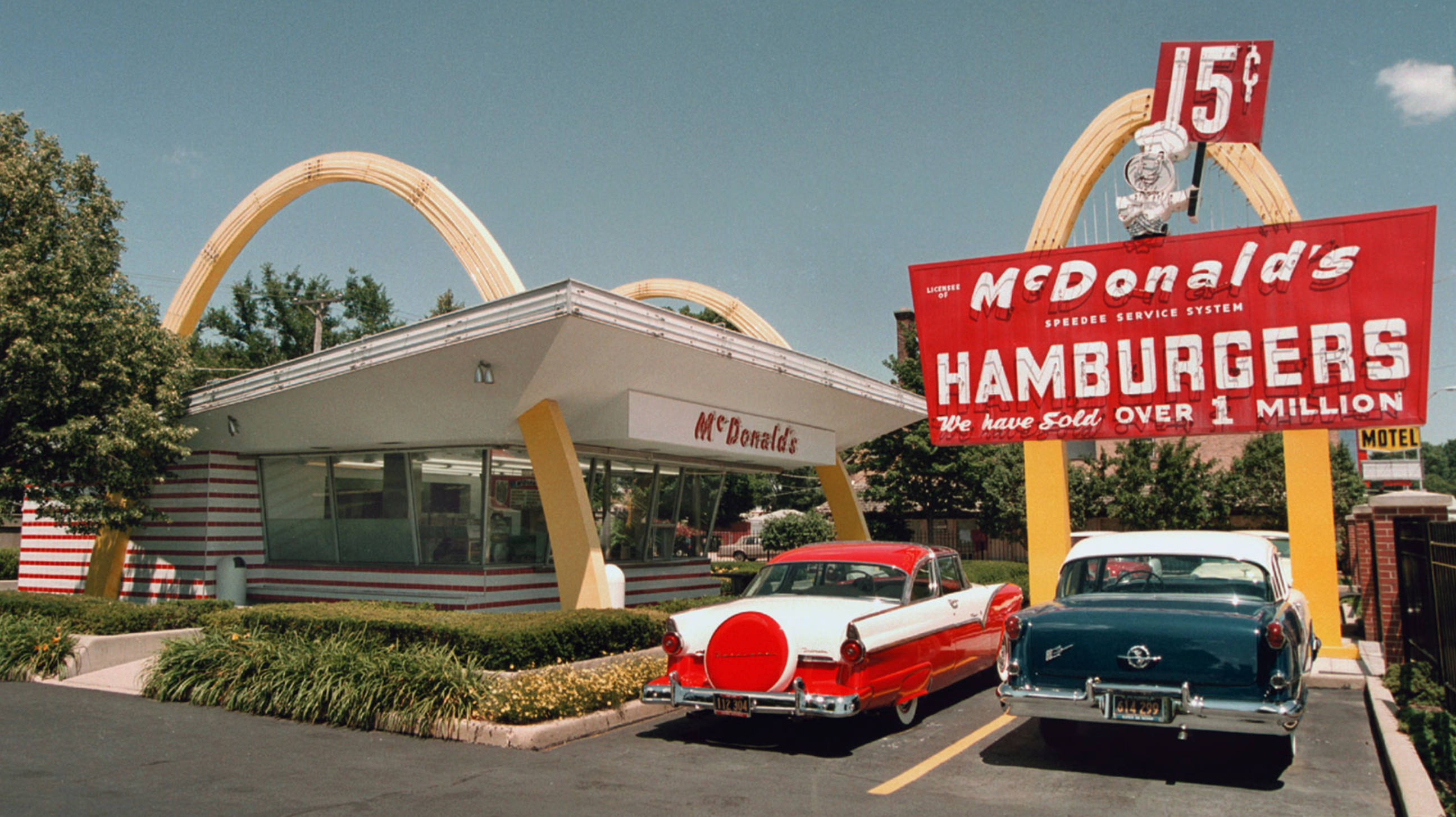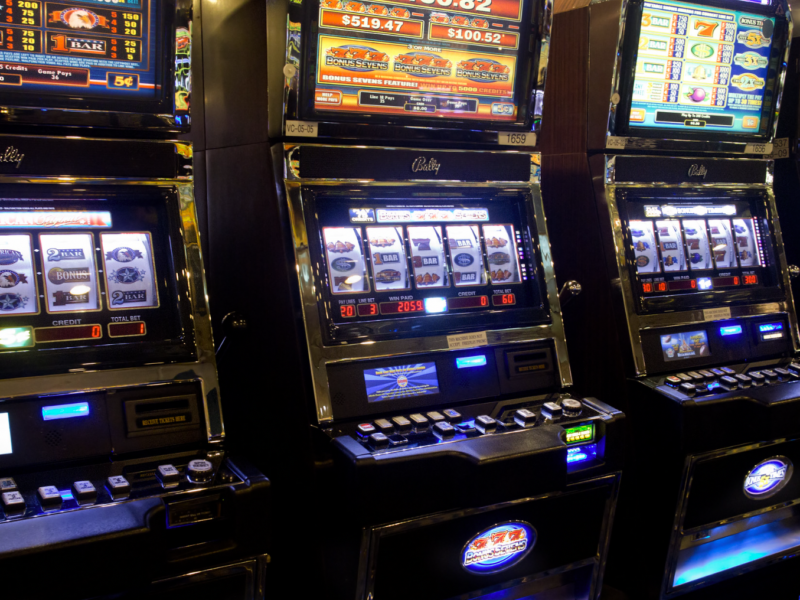Chances are that you stepped foot into a McDonald at least once in your life…
They’re, without any doubt, one of the most successful companies in history.
Here are four business lessons we can take away from McDonald’s:
1) Don’t provide too much choice
Originally, “McDonald’s Barbecue” served pulled pork sandwiches, burgers, and more.
Then the McDonald’s brothers cut the menu from 25 to 9 items.
We discussed this recently. Reduce choice.
When you reduce the menu, you don’t overwhelm people and they’re more likely to get something.
For example, let’s say you’re applying this to software…
There are often three tiers that SaaS players use to sell to their audience:
a) a basic version that gives the essentials but is limited
b) a mid-tier version that’s kind of the most popular (and usually highlighted or enlarged in the middle) because it does most things at a reasonable price
c) and the most expensive version for power users that usually unlocks the best features, more users, unlimited use, etc.
Now imagine if that was expanded to 6 tiers or 10 or more…
You’d be so overwhelmed you probably wouldn’t buy anything or you’d get further bogged down in your research of the product.
In sum, don’t provide too much.
2) Standardize
McDonald’s standardized every order.
Every hamburger is made in the exact same way, using the same amount of ingredients.
If there’s a process that can be standardized in your business, you should do it.
Standardizing eliminates errors, drives process improvements, and makes them more efficient.
There’s something to be said about “snowflake” products (e.g., Hermes Birkin bags are made individually by artisans to give them appeal).
But for most products – e.g., laptops, iPhones, cars – you want to have them pretty well standardized.
3) You can pivot
McDonald’s started as a BBQ restaurant.
Then it pivoted to be a hamburger factory with the vision of serving a customer in 20 seconds.
Uber started as a limousine service.
YouTube started as a video dating site.
Don’t get too married to your idea. It will always evolve and can always improve.
People tend to have a bias to stick with what they already have even when the switching cost is negligible and the likely rewards are higher.
Pivot if you see a growth chance.
4) Compete (and prevail) on price
When they pivoted to the hamburger business, McDonald’s prices were half their competitors’.
This can be difficult these days with Amazon being the low prices leader.
But remember that customers love to save money.
5) Understand your real revenue driver
Former McDonald’s CFO, Harry J. Sonneborn, is quoted as saying,
“We are not technically in the food business. We are in the real estate business.”
McDonald’s owns about 45% of the land and 70% of the buildings at their 36,000+ locations. (The rest is leased.)
They buy real estate and rent them to franchisers.
This means that part of their revenue comes from renting real estate, rather than selling burgers.
This revenue comes with higher margins than selling burgers. Moreover, this helps McDonald’s protect itself from the ups and downs of the burger and restaurant / fast-casual business.
Amazon is not just an e-commerce marketplace. They are a logistics company with the best warehouse and delivery systems globally.
The lesson here is to look at your business, think creatively, and try to unlock different sources of revenue.


